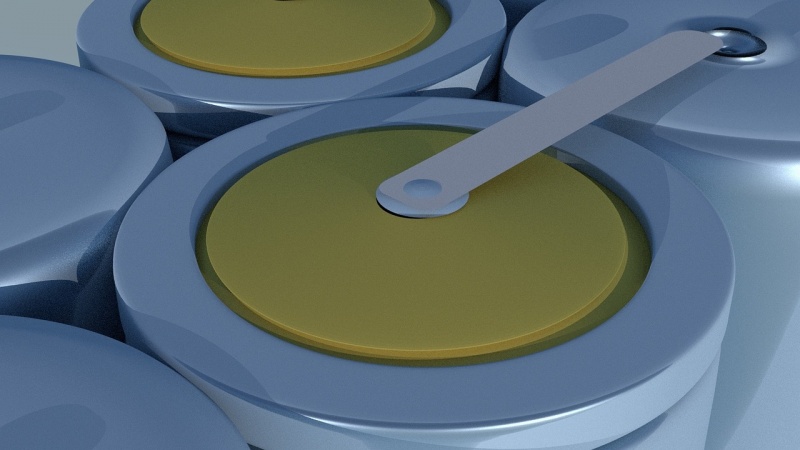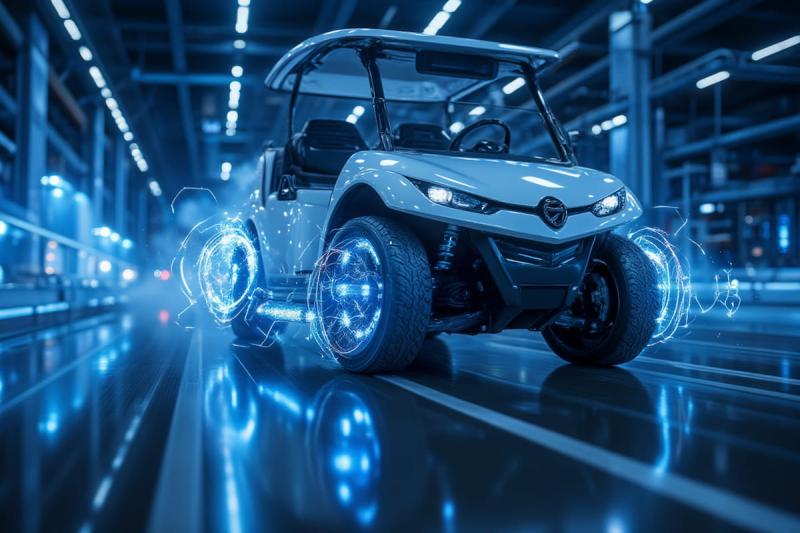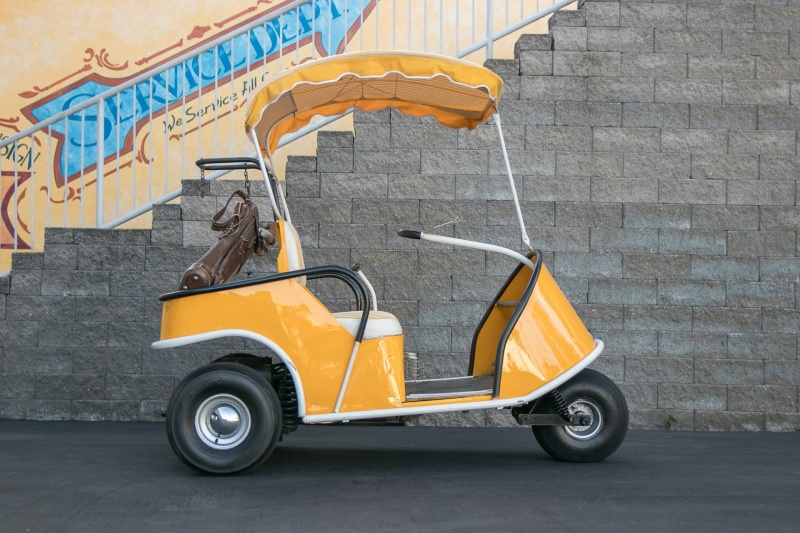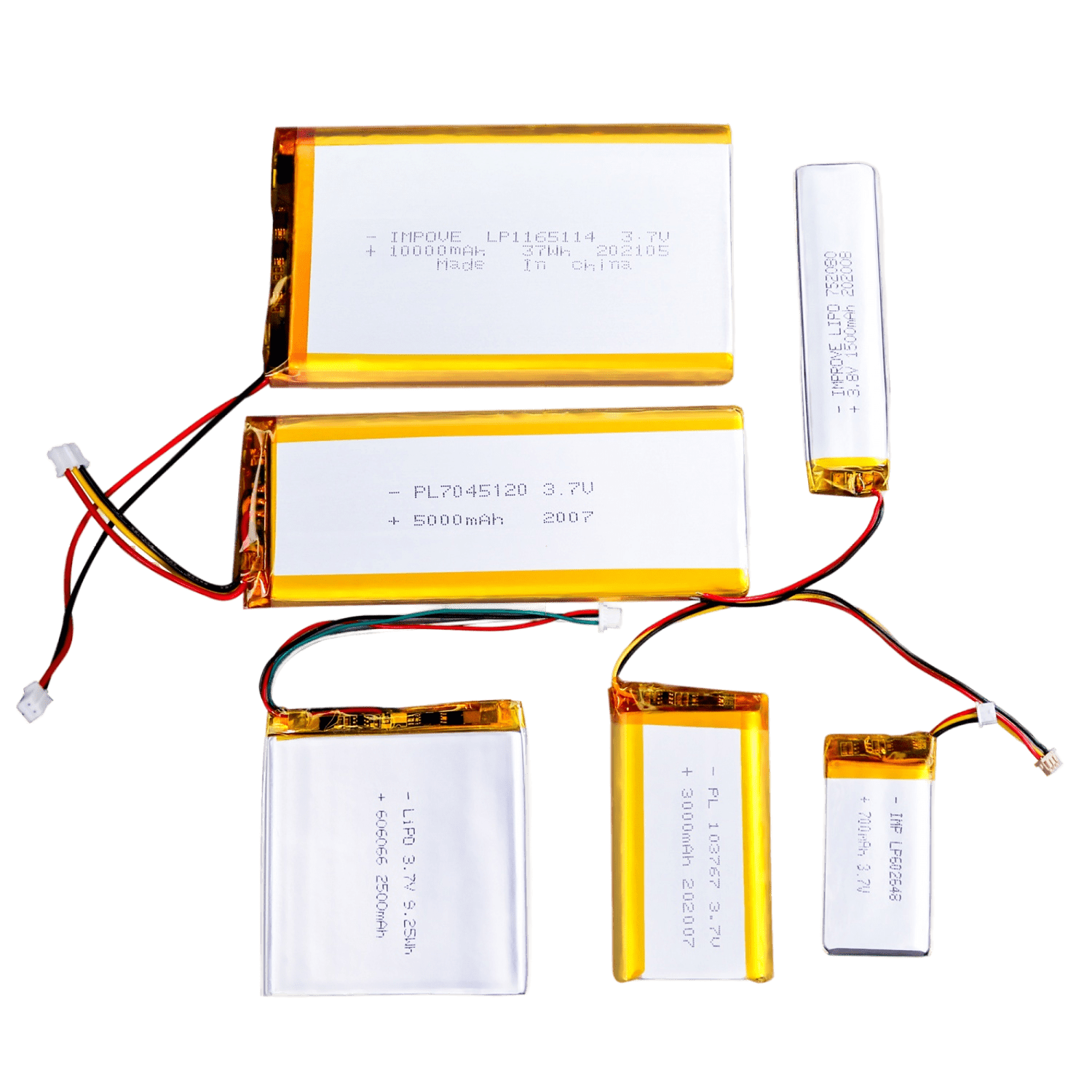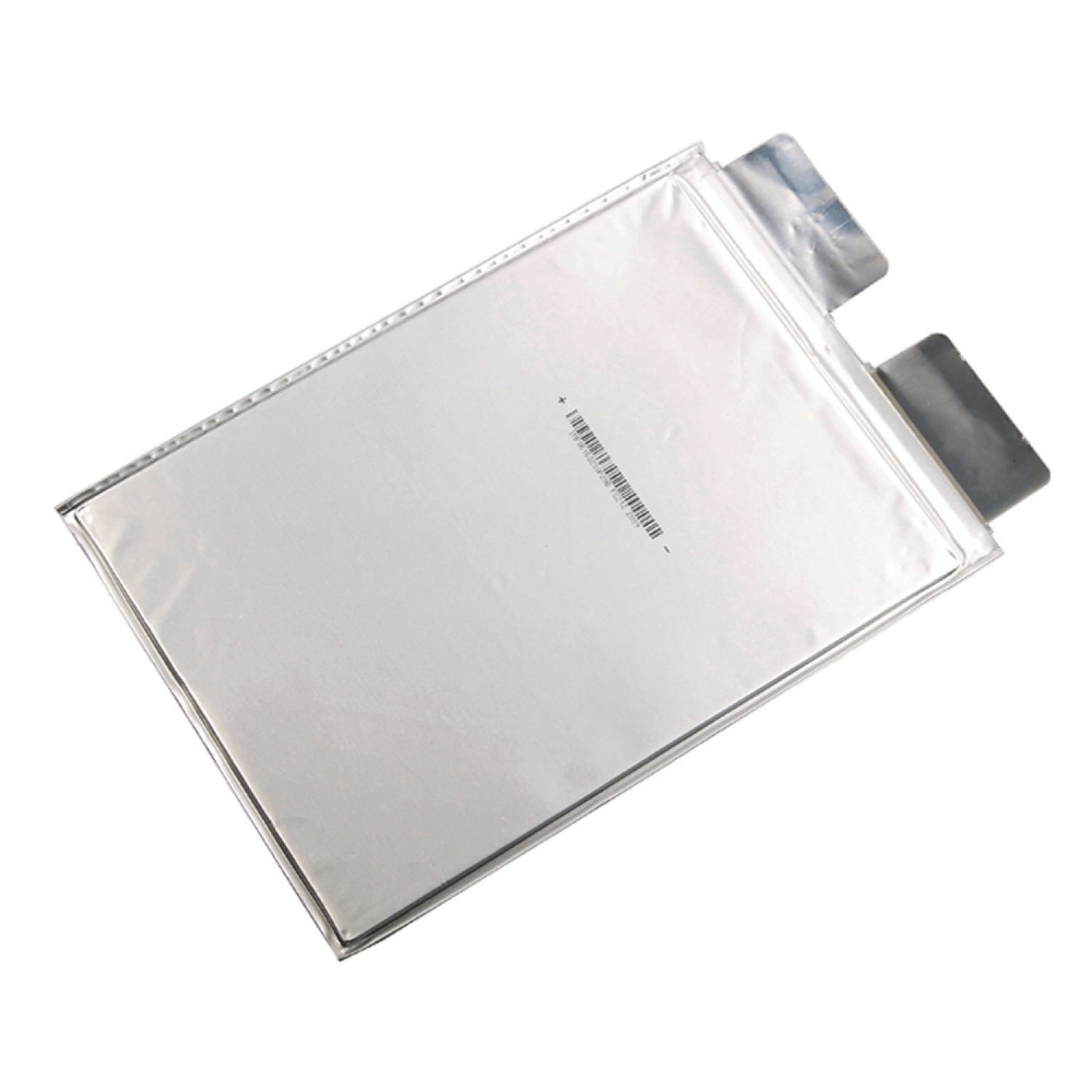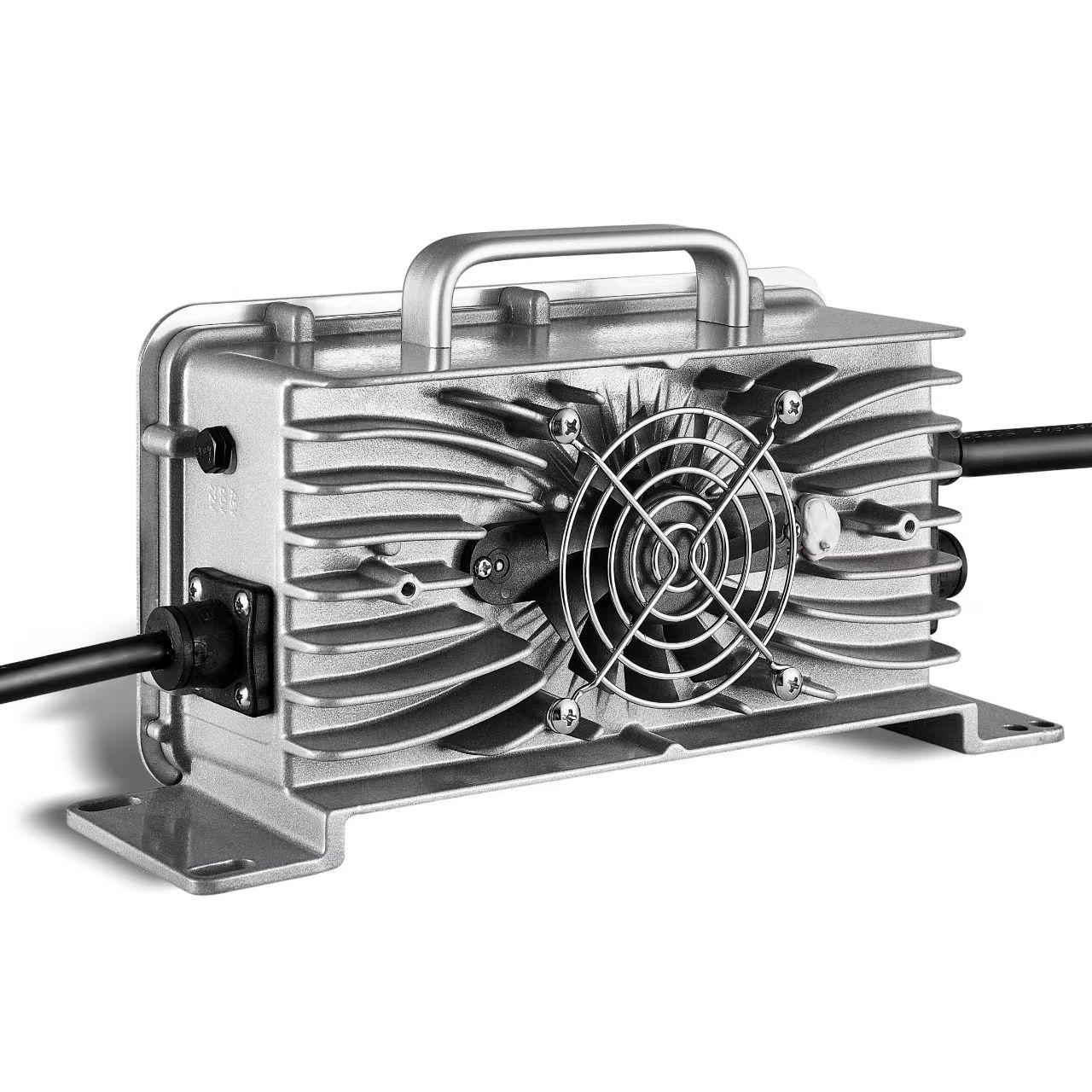-
Lithium-ion battery bulge caused by overcharge
Overcharging will cause all lithium atoms in the positive electrode material to run into the negative electrode material. As a result, the original full grid of the positive electrode is deformed and collapsed, which is also an important reason for the decrease in the power of the lithium iron phosphate battery pack. During this process, energy storage battery more and more lithium ions in the negative electrode are accumulated, and the excessive accumulation causes the lithium atoms to grow into stumps and crystallize, causing the lithium ion battery pack to swell.
-
Bulge caused by over-discharge of Lithium ion polymer battery
During the first charge and discharge of a liquid lithium-ion battery, the electrode material and the electrolyte react at the solid-liquid interface to form a passivation layer covering the surface of the electrode material. The formed passivation film can effectively prevent the passage of electrolyte molecules, but Li+ can be inserted and extracted freely through the passivation layer, which has the characteristics of solid electrolyte, so this passivation film is called SEI. SEI film is not static, there will be a little change during the charging and discharging process, the important thing is that some organic substances will undergo reversible changes. After the lithium iron phosphate battery pack is over-discharged, the SEI film is reversibly broken, and the SEI protecting the negative electrode material is destroyed, causing the negative electrode material to collapse, thereby forming a bulge phenomenon.
-
LiFePO4 battery factory manufactured level issues
In the production process, personnel, equipment, raw materials, methods and environment are the main factors affecting product quality, It is no exception in the production process of LiFePO4 power battery. The bulging of lithium ion batteries may be a problem of the manufacturing level of lithium iron phosphate battery packs, the electrode coating is uneven, and the production process is relatively rough.
-
Safety LiFePO4 battery not use for a long time
Generally, after a long time of shelving, the battery performance will decline, generally showing an increase in internal resistance, a decrease in voltage and a decrease in discharge capacity, etc.The phenomenon of bulging will also occur when it is not used for a long time, because the air is electrically conductive to a certain extent. Therefore,Excessive discharge time is equivalent to direct contact between the positive and negative electrodes of the battery, resulting in a chronic short circuit.In the shelving state, harsh storage conditions (high temperature and high state of charge) will increase the degree of self-discharge of LiFePO4 power batteries, making the battery aging more obvious.


